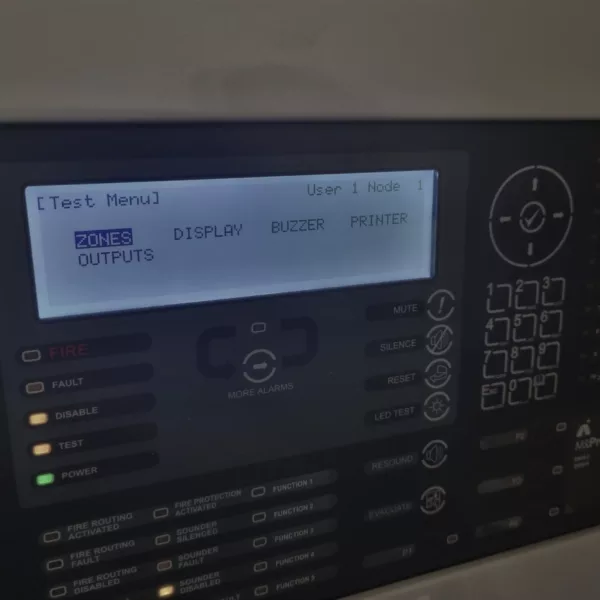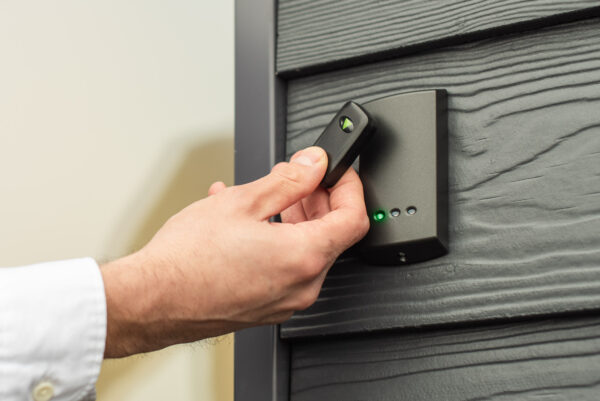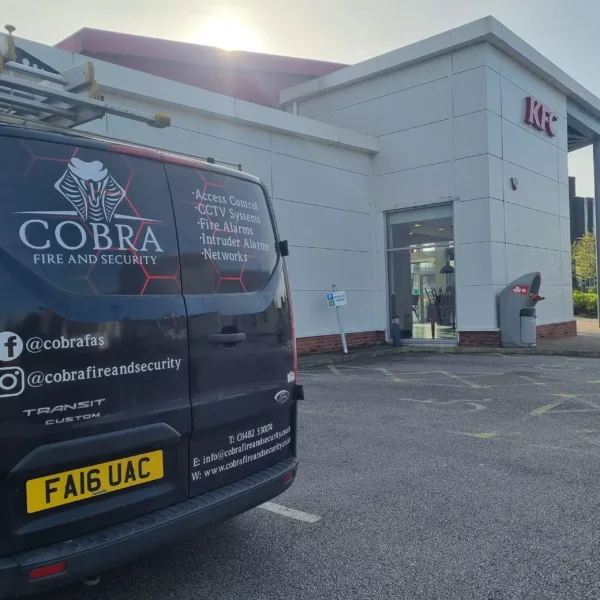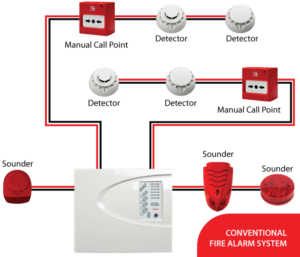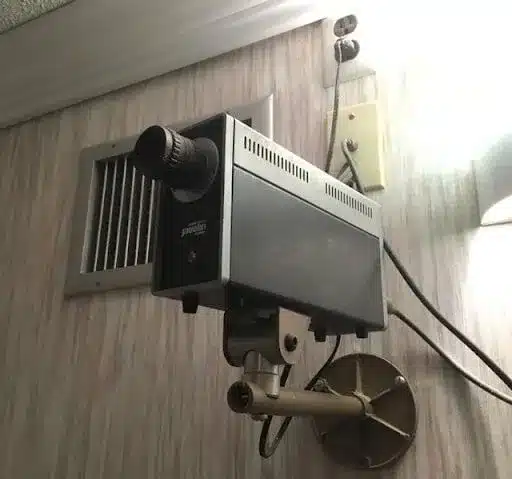
Addressable or Conventional Fire Alarm System?
If you’re considering installing a fire alarm system in your building, you’re faced with an important decision: should you opt for a conventional fire alarm system or an addressable one? In this blog post, we’ll provide an overview of both types of fire alarm systems, their features, benefits, and drawbacks to help you make an informed decision for your project.
Conventional Fire Alarm System
The conventional fire alarm system is the simpler of the two options, consisting of a network of radial circuits connected to a central control panel. These radials can be either fire alarm zones or sounder circuits.
Fire alarm zones are the circuits that monitor the detectors and manual call points in specific areas of the building. These circuits can handle multiple detectors and call points on each radial circuit, providing coverage for a wider area.
Meanwhile, sounder circuits are the circuits that control the fire alarm sounders and Visual Alarm Devices (VADs). Multiple sounders can be accommodated on each circuit, but the power consumption of each sounder, along with the output capacity of the panel on each sounder circuit, may be limiting factors.
The conventional fire alarm system is a simple and cost-effective option, but it has some limitations. When a fire or fault occurs, the system can only identify the affected zone, rather than the exact location of the fire or the specific detector that detected it. This can make it difficult and time-consuming for fire alarm engineers to locate and repair faults, which can result in higher costs for the consumer despite the low price of the equipment.
Since conventional systems use separate radial circuits for detectors and sounders, the installation cost can sometimes be higher than for addressable systems. This is due to the amount of cable required, which can be significantly more than for addressable systems.
Despite these limitations, conventional systems are ideal for smaller projects like shops, small offices, and small schools. They are simple to use and offer low-cost fire alarm devices, which makes them an affordable solution.
Pros:
- Low-cost fire alarm devices
- Simple to use
- Ideal for small buildings
Cons:
- Not suitable for larger projects
- Fires and faults are only shown in a zone and not an exact location
- Possibly more cabling than an addressable system
Overall, the conventional fire alarm system is a reliable and cost-effective option for smaller or simpler buildings. By dividing the building into zones, this type of system can help pinpoint the location of a fire, although it may not provide as much detail as an addressable system. While sounder circuits can accommodate multiple sounders, the power and output limitations of these circuits may be a drawback for larger facilities.
At Cobra Fire and Security we Design, Install and Fire Alarm Maintenance a range of conventional fire alarm control panels. To learn more about how we can help you with your Conventional Fire Alarm, Get In Touch.
Addressable Fire Alarm System
The addressable fire alarm system is a more intelligent and advanced solution that utilises a loop configuration to connect all the fire alarm devices, including sounders and beacons/VAD. Compared to a conventional system, an addressable system requires less cabling.
Each device on an addressable system uses a system-wide protocol, which is a language that the fire alarm panel uses to communicate with each device. The panel assigns each device a unique number or code known as the device address. When adding a device to the system, the commission engineer logs its device address and inputs the device’s physical location into the fire alarm panel.
The fire alarm panel continually communicates with the devices on the system, allowing it to quickly identify the exact device or manual call point that triggered an alarm. This capability enables the system to report the location of fires, system faults, and false alarms in a matter of seconds, making it much faster and more efficient than a conventional system.
Addressable fire alarm systems can accommodate a much larger number of fire alarm devices and fire zones, making them an ideal solution for medium to large projects.
Pros:
- Greater flexibility in programming and zoning.
- Ability to provide detailed information about the location and status of each device.
- Faster and more accurate response to alarms.
- Can be integrated with other systems, such as access control and building automation.
- Easier to maintain and troubleshoot.
Cons:
- More complex and sophisticated than conventional systems, requiring greater knowledge and skill to install and maintain.
- Higher initial cost, both for equipment and installation.
- More difficult to expand or modify.
- May require specialized software or equipment to program and operate.
- More susceptible to false alarms if not installed and maintained properly.
In conclusion, the decision of whether to choose a conventional or addressable fire alarm system depends on your specific needs and budget. Conventional systems are suitable for smaller buildings or those with a limited budget, while addressable systems are ideal for larger, more complex facilities where the ability to quickly and accurately locate a fire is essential. By understanding the features, benefits, and drawbacks of each type of system, you’ll be able to make an informed decision that’s right for you and your project.
Reviewed: 13/02/2023 Our articles are reviewed regularly. However, any changes made to standards or legislation following the review date will not have been considered. Please note that we provide abridged, easy-to-understand guidance. To make detailed decisions about your fire safety provisions, you might require further advice or need to consult the full standards and legislation.
Share this article
Written by : Michael Winter
Follow us
A quick overview of the topics covered in this article.
Latest articles
July 4, 2025
July 4, 2025



